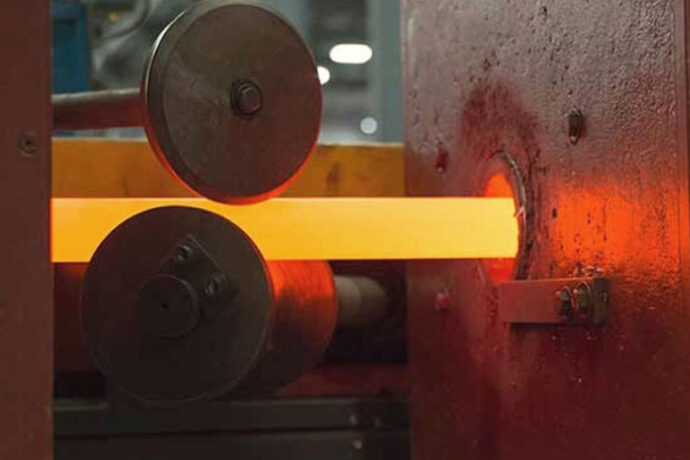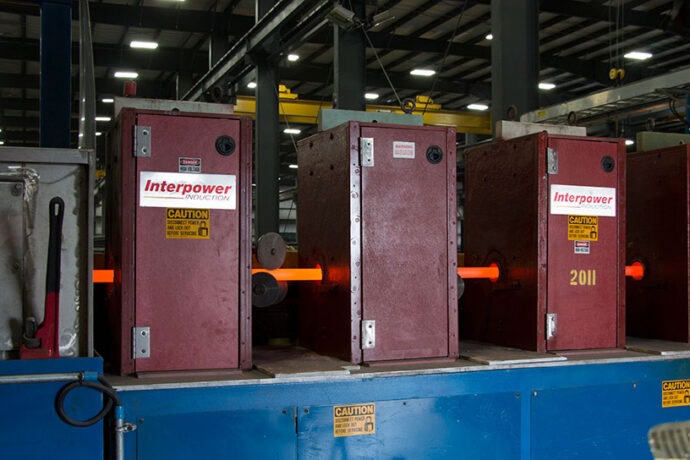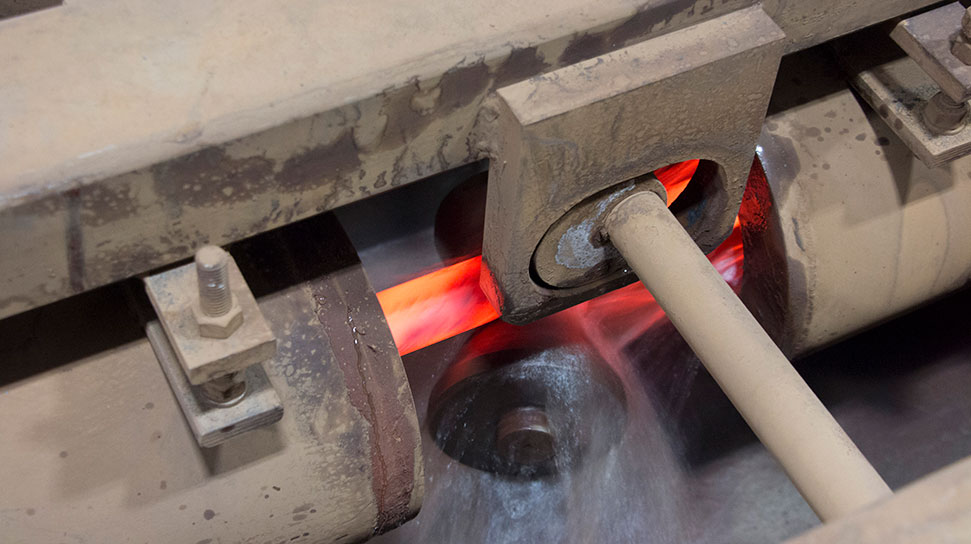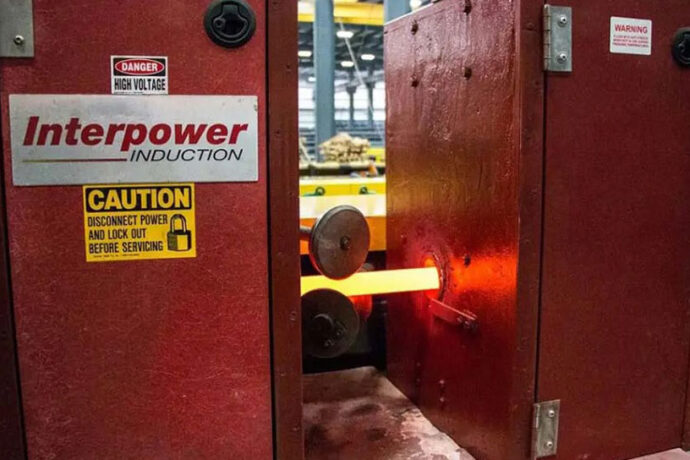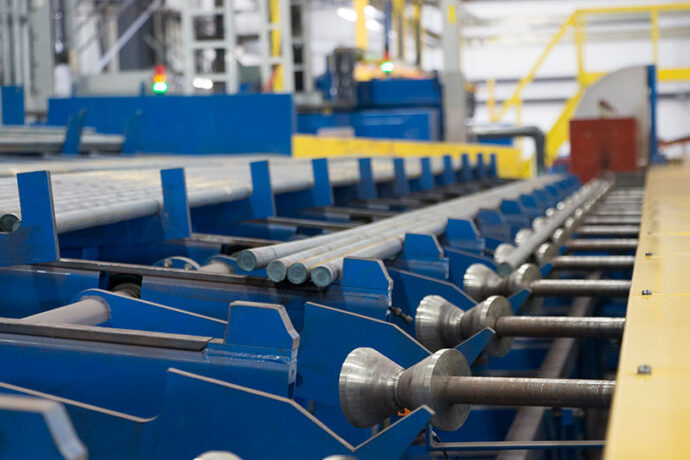Basics of Heat Treating
Heat treating is the process of heating and cooling steel in a controlled manner. This process modifies the steel’s properties optimizing for end use or the next processing step. At King Steel, we utilize induction heat-treating processes to meet customer requirements.
